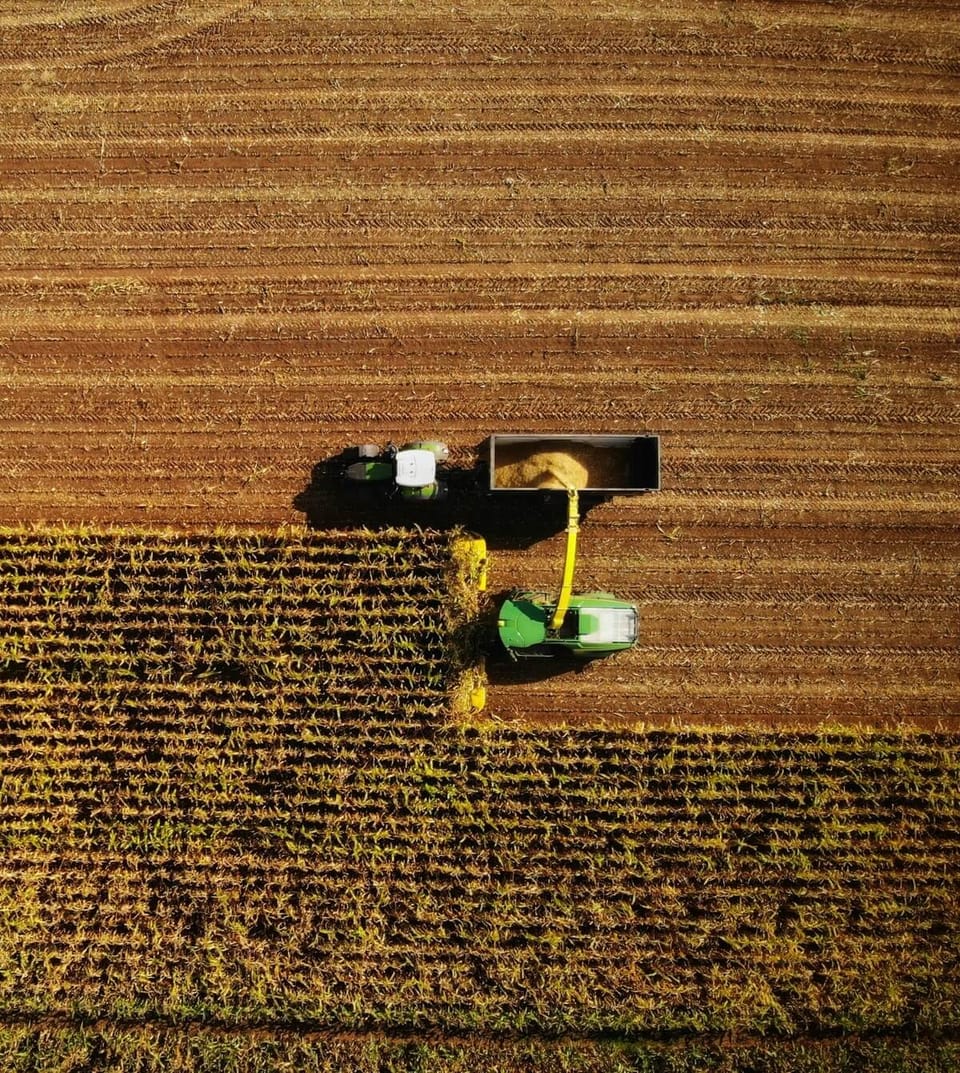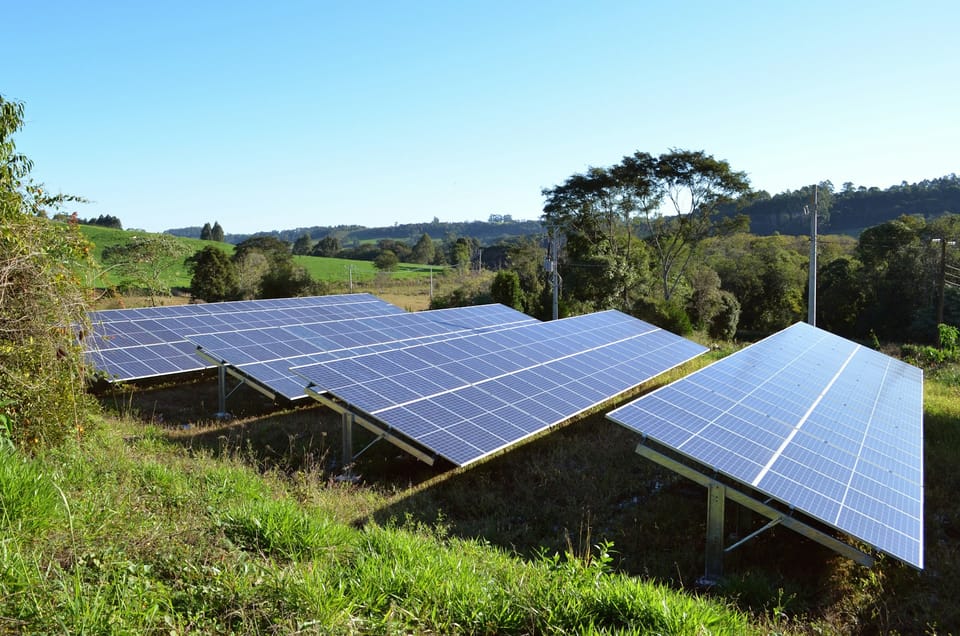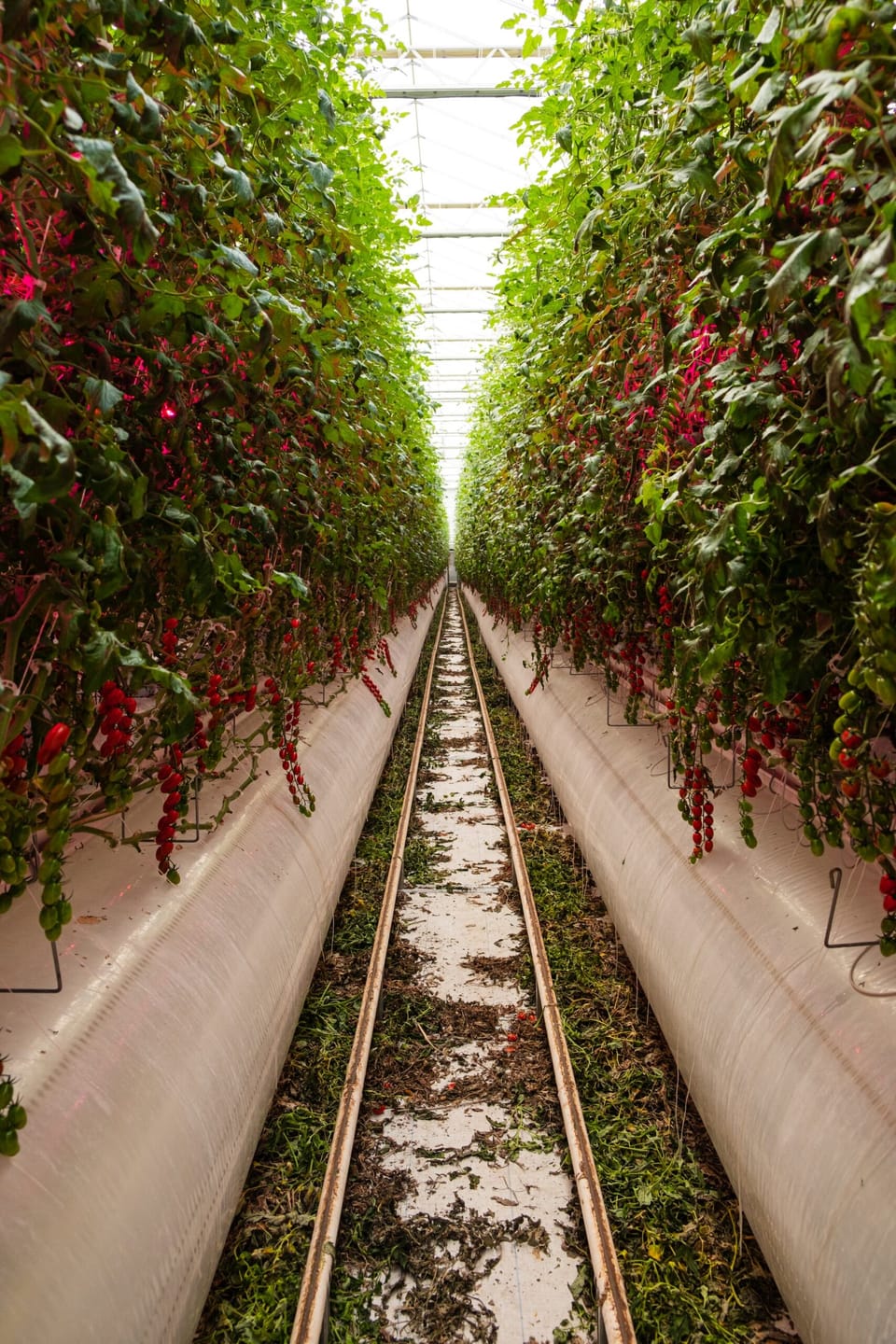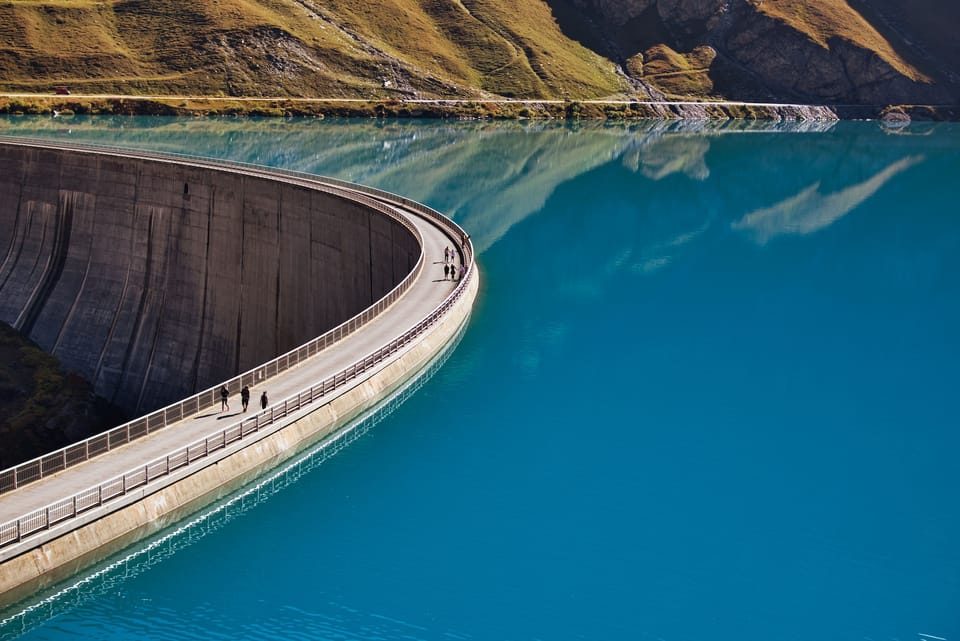The Future of Food: How Food Startups are Changing the Future
From alternative proteins to climate-smart agriculture, food startups are redefining what we eat and how it’s produced. This article dives into the trends shaping a more sustainable, nutritious, and tech-powered food future.
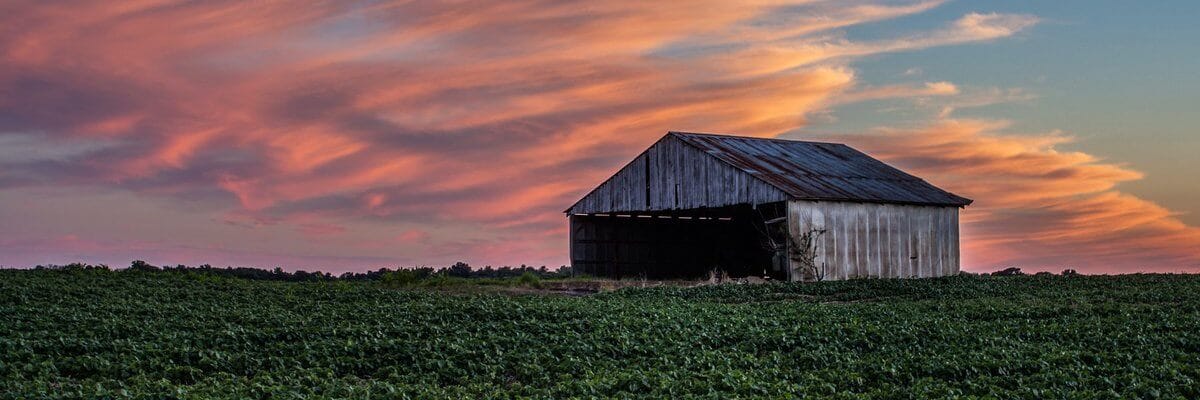
With global populations on the rise and advancements in new technologies, food companies are tasked with innovating and improving how they operate to keep up with demands. While Covid-19 has forced people to quarantine and isolate, it has also brought to light the need for different ways of growing, producing, and selling food.
Startups have made significant headway to get people food faster, help farmers create more efficiency in crop production, and make grocery shopping an easier and more seamless experience.
The Rise of Alternative Proteins
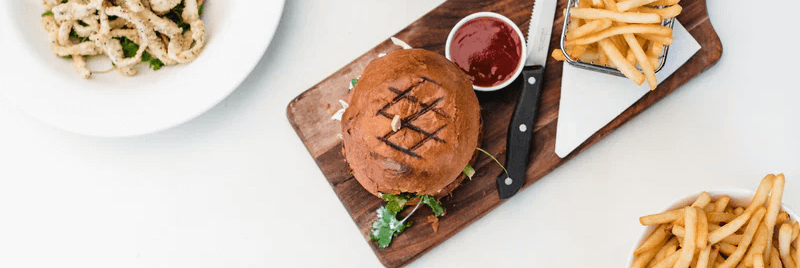
In the last decade, America has seen an intense increase in demand for plant-based protein. Whether people are deciding to pursue a vegan or vegetarian diet or they wish to just limit their intake of meat, plant-based proteins are becoming increasingly popular. Animal protein is harmful because of it’s high use of greenhouse gasses, contributing to the cause of deforestation, and how it uses a ton of water to produce.
There are three types of plant-based or alternative proteins:
- Plant-based
- Animal Cell Culture
- Fermentation
Plant-based proteins have a handful of benefits as well including better health, environmental benefits, a boosted immune system, reduced inflammation, and adding more fiber to a diet. No longer a futuristic idea, plant-based proteins are definitely here to stay. In 2015, 3.4% of people in the United States identified as vegetarian. Today the number of vegetarians is close to 9.7 million. This number is constantly rising - today faster than ever.
The Future of Food: What Happens After Covid

Many consumers went into 2020 with the hopes of refining their diets, demanding more organic, sustainable, and plant-based foods. This all came to a halt when Covid-19 forced many people indoors as well as out of their jobs. Since fresh, local foods are sometimes much more expensive and harder to find, people are buying record amounts of packaged foods.
Some trends that have gained popularity during the pandemic include:
- Online shopping
- A new normal for both restaurants and grocery stores post-covid
- Rethinking the foods we eat
- Home cooking
If companies that focus on food production can integrate AI into their supply and demand loop, it will be easier to recover. Even when a product is made in the US, the company might rely on foreign exports or parts for other aspects of the business. This could hinder the process of getting products to customers quickly.
Innovative Supply Chains Feed the Future

Currently, there is enough food to feed the roughly seven billion people on this planet, but there is still poverty and malnourishment due to poor distribution methods and other setbacks. According to environmentreports.com, there will be an added two billion people living on earth by the year 2050. Our crop production will need to increase by close to 100% if we expect to feed all those people.
The food system has been known for being a commodity-oriented, build-for-scale industry. Companies are being challenged to improve their supply chain based on sustainability, transparency, and personalization.
Companies need to start thinking about how they can shorten their supply chain. This will give companies and consumers more transparency of where their products are coming from. Corporations should ask what value they are providing and will their consumers value it. Building valuable relationships with producers, consumers, and transporters will make for a better experience all around.
The Global Shift in Food and Agtech
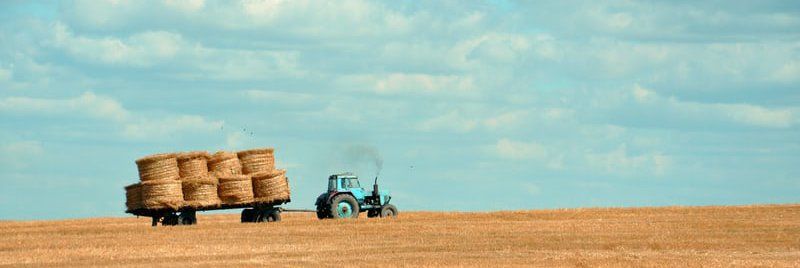
Covid-19, along with its many drawbacks, has exposed some problems within the processes of food and agtech that need to be addressed.
Some agricultural technologies that are changing the way farmers produce and harvest their crops include:
- Agricultural drones
- GPS-enabled precision agriculture
- Agricultural robots
These technologies will improve crop yields as well as how farmers help keep their crops alive and understand the needs and wants of their crops more.
There is a disconnect between growers and consumers. Packers and processors are over-centralized, causing concern for future consumers. This has led to farmers losing billions because they couldn’t find a way to pivot, consumers seeing empty store shelves, wholesale and retail supply chains are out of balance, produce quality has decreased while prices have increased, acute grower shortage has become even more apparent, grower tools are, at best, rudimentary.
What is the Future of Our Grocery Stores?

The rise in mobile grocery shopping due to the Covid-19 Pandemic has highlighted more reason than not to change how grocery shopping is done. Even though many are stuck indoors, everyone still needs to eat. There is no doubt that how people grocery shop is going to evolve in the coming years.
From grocery stores moving towards more experience based shopping rather than just roaming the shelves, becoming more energy efficient, and implementing new technologies, our grocery stores will never be back to the “old normal.” Some of these new technologies include cashierless checkout, cameras and shelf sensors, smart carts and baskets, and touchless checkout methods.
Even before Covid-19 took storm, people were experimenting with grocery delivery or curbside pickup. The convenience of not having to get out of a car or even leave the house to get groceries needed for the week appealed to modern consumers. But as Covid-19 continued to spread, customers became more intrigued and focused on minimizing their time in contact with other people.
Food is Changing for the Better
Although many people will still go out to restaurants and want to buy their groceries in person, there is no doubt that the way we get our food will change drastically in coming years. It won’t always be an easy transition, but with time, our food system will grow to feed more people as well as adapt to make sure people are getting the food they need in a safe manner.


